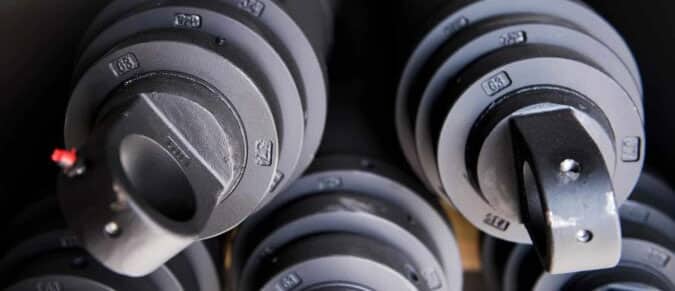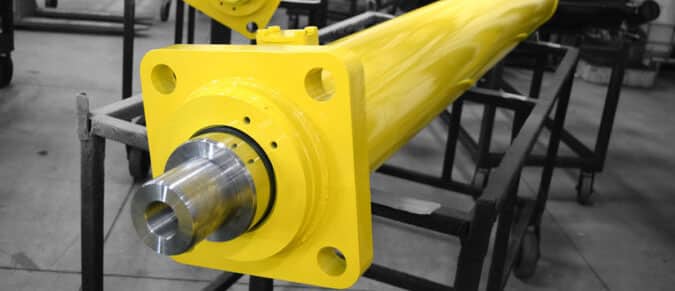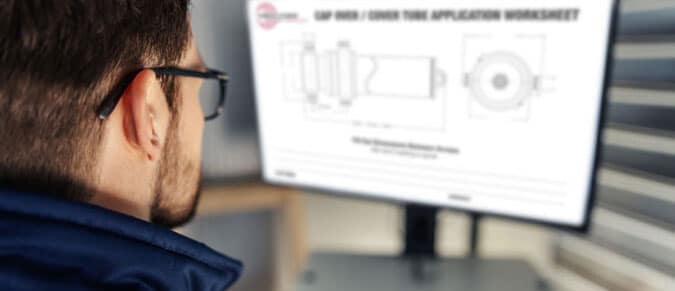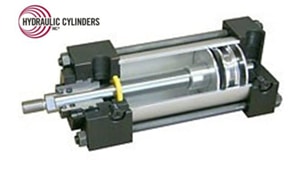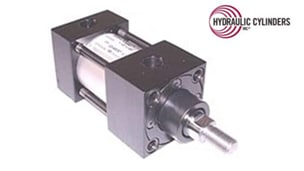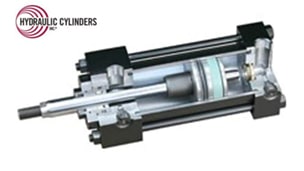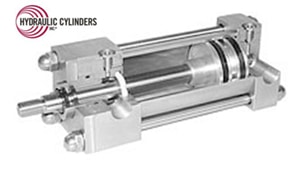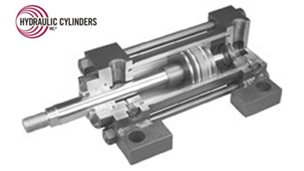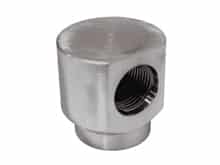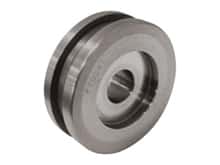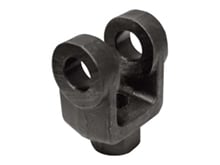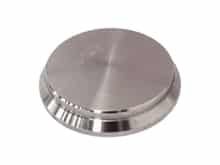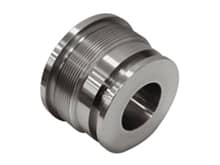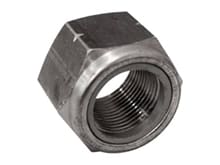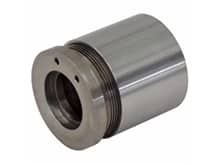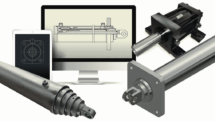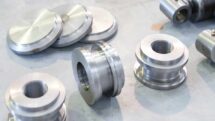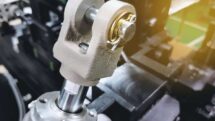When Should You Change Your Hydraulic Filters?
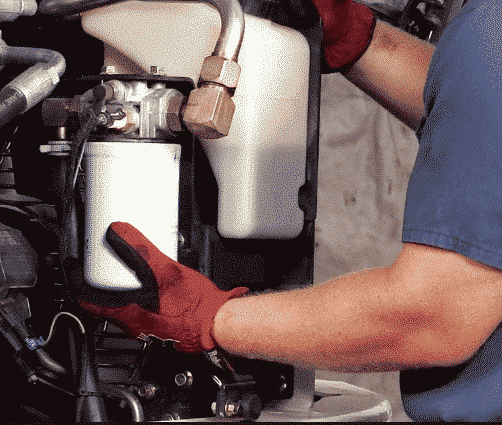 No matter your project or industry, your hydraulic system is able to run thanks to the efforts of hydraulic filters. In fact, one could say they are the unsung heroes of hydraulic operations—although they’re not the main component, they are necessary for ongoing hydraulic functionality.
No matter your project or industry, your hydraulic system is able to run thanks to the efforts of hydraulic filters. In fact, one could say they are the unsung heroes of hydraulic operations—although they’re not the main component, they are necessary for ongoing hydraulic functionality.
The main function of hydraulic filters is to remove dirt and particles from hydraulic components, as contamination can wreak havoc on your system and lead to malfunctions or complete failure. However, filters don’t last forever. But how do you know when to change them? What does hydraulic filter maintenance look like? How often should you replace your filters? We have the answers.
Here, we explore the importance of hydraulic filtration maintenance as well as when to replace your filters. Keep reading for everything you need to know about hydraulic filter replacement.
Hydraulic Filtration Maintenance: Why Does it Matter?
When it comes to maintaining your hydraulic cylinders and filters, ongoing monitoring and observation are key to preventing particle contamination. Left unchecked, this contamination can easily infiltrate your hydraulic system. Particle contamination is a direct cause of pressure drops, unclean fluid, and clogging, which can lead to component damage or total system failure.
When you perform hydraulic filtration maintenance, you’re keeping contamination at bay and promoting safe operations so you can continue to maximize performance. By creating a routine maintenance schedule, you can monitor your filter capacity levels and know exactly when they should be changed. This helps limit downtime and gives you the ability to maintain an efficient hydraulic system.
How Often Should a Hydraulic Filter Be Changed?
While the idea of hydraulic filter replacement seems straightforward at first glance, there are actually several considerations to keep in mind. One of the most important factors for hydraulic filtration maintenance is when to change filters. Changing your filters too early can waste money, as you’ll be replacing them before they’ve reached their full dirt-holding capacity. However, if you change your filters too late, there is an increased risk of particle contamination and damage to system components.
So, how often should a hydraulic filter be changed? Ideally, filters should be changed when the dirt-holding capacity of the filter is around 80% full, before the filter has gone on bypass. However, there are other instances when a filter change is necessary.
How Do I Know if My Hydraulic Filter is Bad?
A faulty or worn hydraulic filter can have a negative impact on the performance and longevity of your equipment. Consider replacing your hydraulic filters if you observe:
- A sudden rise in operating temperature
- Reduced system performance
- Slower operations or decreased output
- Excessive noise or vibration
While replacing your filter too early can be seen as a waste of money, it is better to err on the side of caution rather than replace your filters too late and damage your system as a whole.
Can You Clean and Reuse a Hydraulic Filter?
While certain parts of a filter can be cleaned and reused, in general, replacing is a better choice than reusing. The stainless steel filter core, or the oil absorption filter core, for example, can be cleaned and reused. However, even with meticulous cleaning, there is a risk of introducing contamination to the filter unit, which can damage the filter or your hydraulic system. If at all possible, avoid reusing your filter and instead replace the full unit when necessary. With careful and consistent observation, you can learn the best times to repair your cylinders and hydraulic filters.
Choose Hydraulic Cylinders, Inc. for Your Hydraulic Needs
We pride ourselves on supplying high-quality hydraulic components for use in a wide range of industrial projects and applications. From replacement hydraulic cylinders to component parts to accessories and more, we have the tools you need to demolish downtime and maximize performance. Our resources and guides are specially designed to keep you informed and help you make the best decisions for your operations. With a team of trained specialists and years of practice, we have the expertise and experience to assist you with any hydraulic questions and needs.
Contact Us
Contact us to learn more about hydraulic filters or to ask any questions about our services and products. Request a quote to get started on your hydraulic cylinder order today.

